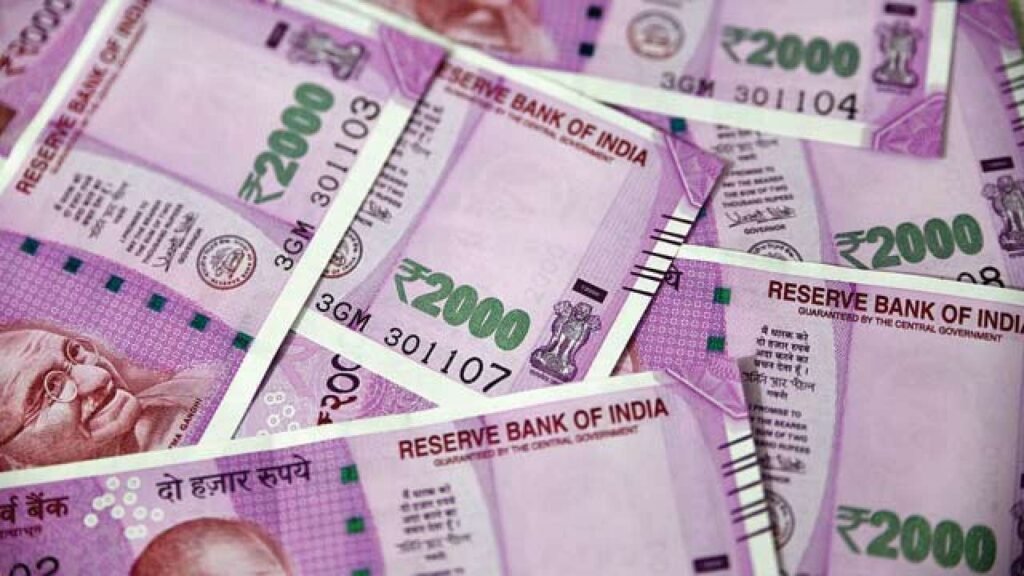The RBI stated that the existing notes in circulation can either be deposited in bank accounts or exchanged by September 30. On Friday, the RBI ordered the withdrawal of Rs 2,000 currency notes from circulation. What you should do next is as follows.

As to the Reserve Bank of India’s announcement regarding the clean note programme, all Rs 2,000 notes must be deposited or exchanged with the bank by September 30, 2023, at the latest.
The policy was implemented by the RBI to guarantee that the general population could obtain high-quality bank notes.
HISTORY OF CLEAN NOTE POLICY
The clean note policy of the RBI was first implemented in 1999, when Dr. Bimal Jalan was the governor of the organisation.
Vepa Kamesam, the deputy governor of the Reserve Bank of India, requested banks adopt the Reserve Bank’s directives in 2001, removing note packet stapling and replacing it with paper or polythene bands to extend the life of currency notes.
The clean note policy of the Reserve Bank aims to give the public high-quality banknotes and coins.
The goal of the policy is to prevent the circulation of tampered, forgeried, or filthy notes in order to preserve the integrity of Indian currency.
The RBI establishes guidelines for the acceptability of currency notes and routinely checks their condition.
As part of its clean note policy, the RBI released a statement in December 2013 requesting banks to exchange dirty notes, even those from non-customers, and only issue high-quality clean notes to the general public.
According to Section 27 of the RBI Act of 1934, “No person shall, on any premises where banknotes are kept or handled, soil, deface, disfigure, or destroy any banknote.”
Rs 2,000 NOTE SAGA, HOW IT ALL BEGAN
After Prime Minister Narendra Modi declared the demonetization of the Rs 1,000 and Rs 500 notes, the RBI started issuing Rs 2,000 notes in 2016. Once sufficient amounts of banknotes in different denominations were made accessible, the goal was achieved.
In 2018–19, the production of Rs 2,000 banknotes was stopped.
Nearly 89% of the banknotes with a face value of Rs 2,000 were printed before March 2017 and are already nearing the end of their anticipated lifespan (of four to five years). The entire amount of these banknotes in circulation decreased, according to the RBI, from Rs 6.73 lakh crore on March 31, 2018, when it peaked, to Rs 3.62 lakh crore on March 31, when it made up only 10.8% of the total amount of notes in circulation.
The RBI has now ordered all banks to halt the production of Rs. 2,000 notes. With the statement, the government has made it possible for citizens to deposit or exchange lesser-value notes for up to Rs 20,000 during a period from May 23 through September 30.
HOW TO EXCHANGE OR DEPOSIT YOUR Rs 2,000 NOTES
Banknotes worth Rs 2,000 can be deposited into accounts or exchanged for notes worth other amounts at any bank location.
Deposits may be made without limitations and are subject to current directives and relevant legal requirements.
Beginning May 23, 2023, people will be able to exchange Rs 2,000 banknotes for other denominations up to a cap of Rs 20,000 at a time at any bank.
Additionally, starting on May 23, 2023, people can use the exchange facility at 19 RBI regional offices.


